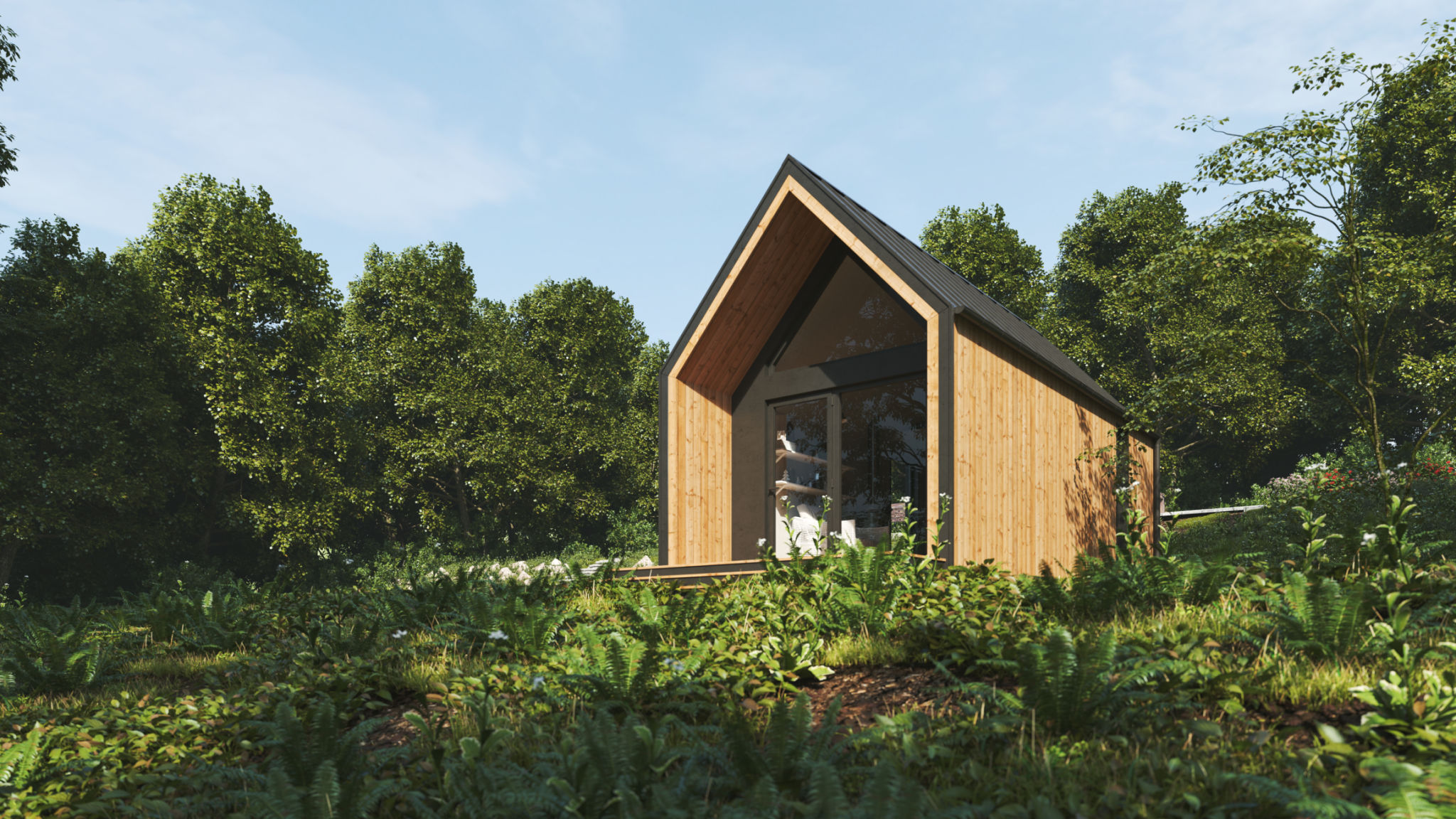Case Study: Transforming Shipping Containers into Dream Homes in SA
Introduction to Container Homes
The concept of transforming shipping containers into homes has rapidly gained popularity worldwide, and South Africa is no exception. These structures are not only eco-friendly but also offer a unique and modern aesthetic. In this case study, we explore the journey of transforming shipping containers into dream homes in South Africa, highlighting the process, benefits, and challenges faced along the way.

The Rise of Container Homes in SA
In recent years, the demand for affordable and sustainable housing has skyrocketed in South Africa. Shipping containers have emerged as an innovative solution, offering a cost-effective alternative to traditional building methods. With their robust structure and modular nature, containers can be easily modified to create stylish and functional living spaces.
Apart from affordability, one of the major attractions of container homes is their environmental impact. By repurposing used containers, builders reduce the need for new materials and minimize waste, aligning with global sustainability goals.
Design and Customization
One of the most appealing aspects of container homes is their versatility in design. Homeowners can choose to stack, combine, and configure containers in countless ways to create a personalized living space. From single-story layouts to multi-level homes, the possibilities are endless.
Customization doesn't stop at the structural design. Interiors can be tailored with modern finishes, energy-efficient systems, and innovative space-saving solutions. This flexibility allows homeowners to achieve their dream homes without compromising on style or functionality.

Challenges in the Transformation Process
Despite their advantages, transforming shipping containers into homes is not without challenges. The first hurdle often encountered is navigating building codes and regulations. Local authorities may have specific requirements for container homes, necessitating thorough planning and approval processes.
Insulation and ventilation present another challenge. Containers are made of steel, which can lead to temperature extremes if not properly insulated. Builders must ensure that homes are equipped with adequate insulation and ventilation systems to maintain a comfortable living environment.
Success Stories and Inspirations
There are numerous success stories across South Africa where individuals have successfully transformed containers into stunning homes. These projects often serve as inspiration for others looking to explore this alternative housing option.
For instance, a family in Cape Town turned four shipping containers into a luxurious two-bedroom home, complete with eco-friendly features such as solar panels and rainwater harvesting systems. Their innovative approach has not only provided them with a beautiful home but also significantly reduced their carbon footprint.

The Future of Container Homes in SA
As awareness grows about the benefits of container homes, it is likely that more South Africans will consider this option for their housing needs. The trend is expected to continue as people look for sustainable and affordable alternatives to traditional housing.
With advancements in technology and design, the potential for container homes is limitless. They offer an exciting opportunity for architects, builders, and homeowners to push the boundaries of conventional housing and create unique, environmentally friendly living spaces.
Conclusion
Shipping container homes represent a significant shift in how we view housing solutions in South Africa. They provide an innovative way to address both economic and environmental challenges while offering a customizable and stylish living space. As more people embrace this concept, it is clear that container homes are more than just a trend—they are a transformative approach to modern living.
